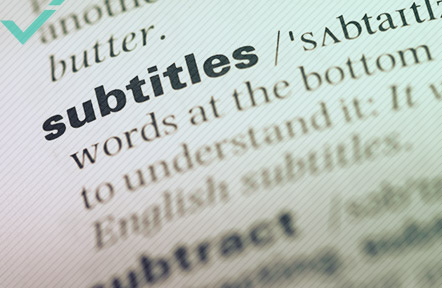THE IMPORTANCE OF INTERNAL LINKING
Internal linking is the process of adding hyperlinks to a webpage that direct traffic to other webpages on a specific website. Essentially, it’s a way to encourage your audience to stay on your website for longer periods and to potentially make a purchase. Aside from holding an audience “captive”, internal links enhance SEO and give a webpage more authority in Google’s eyes. By including shrewdly placed and structured internal links, Google bots are more inclined to index and rank the page well.
OKAY, BUT WHAT DOES THAT MEAN?
- Although this may go without saying, keeping someone on your website is of paramount importance. No one wants potential customers clicking-on to your competitor’s site. Well-structured internal linking architecture means more time spent browsing your domain.
- Being indexed by Google’s algorithm largely affects future rankings. Indexing is the process Google uses to add pages into its web search index. After Google “spider” bots have crawled or followed all the links around a website, the results are then added to the index.
- Appearing in the top ten recommendations on the first page of results for a Google search is the sweet spot. When the algorithms have evaluated the quality and quantity of the links to a webpage, it is given a score between one and ten, depending on its importance and authority. Rankings, in lay terms, are those prized blue headings that appear upon entering any search query in Google.

IT’S GETTING CLEARER ALL THE TIME
Rather than digging into the detailed nuts and bolts of SEO, we have outlined these 5 best practices for internal linking, so you can benefit from all this process has to offer.
KEEP IT PRETTY
One hundred internal links or even more are suggested by Google. It must be kept in mind that internal links include pictures, menus, category bars, and other active objects on the screen. Also, the spiders stop following links after they have searched 150. So using more is purely for site navigation or personal preference for internal functionality. It won’t have an effect on rankings after that point. This can leave a lot of room for internal links on a well-optimised site. As tempting as it is to have an internal link in every sentence, it can make for a jarring read on behalf of the user, seeming desperate or spammy. A linkfest is fine for technical papers; but for content marketing, there are the matters of aesthetics and taste—of course, while still making sure the user is informed and satisfied, and that SEO is of the first order.
CONTENT & MORE CONTENT MEANS CONTENTMENT
Internal links need to lead somewhere. In order to have lots of places to go within your domain, there needs to be lots of content—which means lots of pages. When lots of content is created, there is a lot of linkable content. More links to more places makes for a better website and user experience. Google likes it too. More pages referenced within a website denotes authority and importance, which in turn affects ranking. An internal linking strategy combined with a winning content marketing strategy equals a well-ranked site that is competitive in its field.
ANCHOR THAT TEXT
Use anchor text, but the right text. Google algorithms will punish over-optimisation. Using too many optimised keywords as anchor texts for your hyperlinks can get a webpage penalised. Using sentence fragments and words in the natural flow of the text has a more organic feel and is “algorithm-safe”. Make text the main source of links. Images are fine for the occasional alt tag markup, but text should remain the predominant source.

MAKE DR MANDELBROT PROUD
Link deeply and comprehensively. Effective linking and marketing strategies have links buried well within the structure of the domain. Avoid linking to top-level pages of a site unless absolutely relevant. Especially refrain from linking to a Homepage or Contact Us page. It is certain that there are already several links to the Homepage elsewhere. It is better to encourage the user deeper into your domain. Spiders simply don’t follow links to Contact Us pages, so enough said there.
RELEVANT LINKS MATTER
Only refer to relevant links. Google algorithms are getting extremely talented at evaluating context, making sure that the link destination is relevant to the source content. Not only does this provide the user with a streamlined experience, it is a strong signal to the search engine that what is being linked to is really good. This has the added benefit of enhancing SEO and making for happy readers.
IT SOUNDS COMPLICATED, BUT IT ISN’T… BUT IT IS
As the machines become more intelligent, authenticity becomes more important. A natural, flowing presentation with appropriate internal links directed to pages that provide more context or personality to your site are valued as “human-friendly” by the crawlers that determine indexing. Sites that are over-optimised draw a cynical glance from these spiders, and exploitation will be penalised. These bots are becoming like a strict old aunty whose rules you must follow if you’re going to get some pudding. The Yuqo commitment is to provide a streamlined, personable, and satisfying experience for the user, while simultaneously targeting SEO with custom content for marketing strategies. It’s the art of making the complicated look simple.

